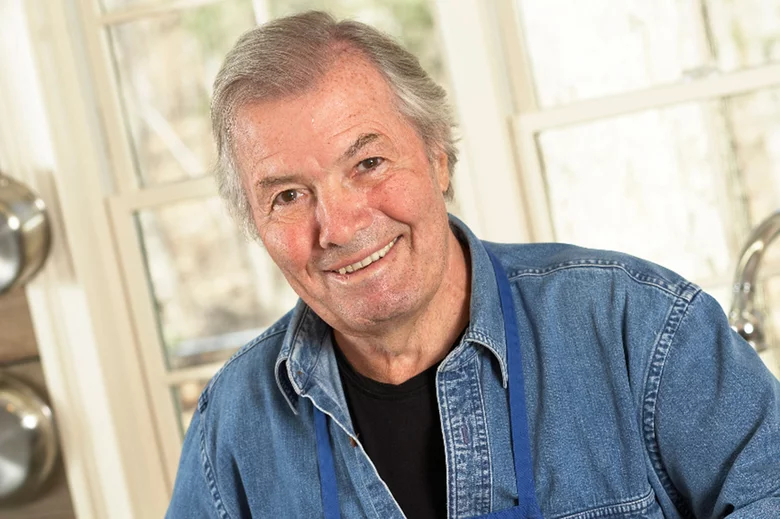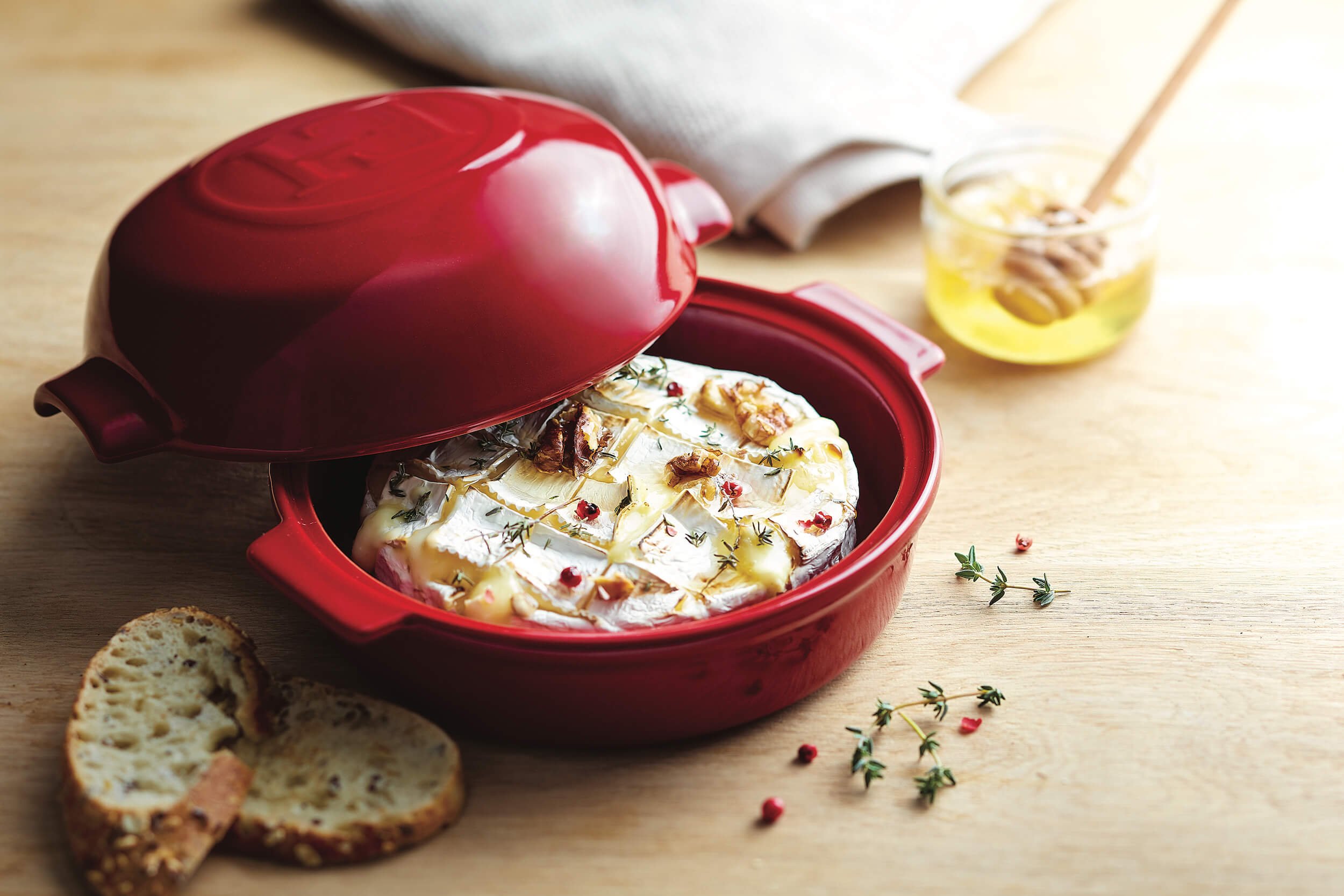Olive oil has a lot in common with chocolate, wine and tea. Each has a long history, compelling health benefits and is a staple in just about every kitchen or dining room table. The more I learn about each, the more I realize how much more there is to learn. After the olive oil tasting I attended yesterday, I feel like I've woken up and smelled the, oh, you know what. The tasting was led by Fran Gage, author of The New American Olive Oil and member of the California Olive Oil Council's tasting panel.
I thought I knew a bit about olive oil because the family I lived with in Tuscany produced their own olive oil. We used it for just about everything including frying which many "experts" will tell you shouldn't be done. Most prized was the olio nuovo, a first pressing that is particularly fresh and intensely fruity and peppery. We used it on fettunta which is toasted bread, scraped with a raw garlic clove and sprinkled with a little salt. In my kitchen I usually have several citrus flavored olive oils and a variety of mild and more robust varieties open at one time. Some get used for cooking, others as a finishing touch.
I've tasted a lot of olive oils, but I never knew there was a proper way to taste them. Here is just a little bit of what I learned:
• Each extra virgin olive oil will smell and taste mild, medium or robust
• All extra virgin olive oils should be "fruity"
• A desirable extra virgin olive oil balances the fruity aspects and the amount of bitterness and pungency
• Bitterness you can taste on your tongue
• Pungency you detect in your throat, if an olive oil makes you cough, it's pungent
Official olive oil tasting is done with little blue glasses that hide the color of the oil. Color does not indicate anything in terms of flavor and can mislead tasters. Glasses should be warmed and agitated slightly to release aroma, just like wine. Judge the scent, then the flavor. Sniff the oil and breathe in like you do with wine tasting, then slurp a bit to get the full flavor. Some of the flavors and scents you may detect are almonds, artichoke, herbs, dried roses, hay, grass, green apple, banana, spice (especially cinnamon) Aromas might include tropical, floral or buttery. Gage offers suggestions for how to put together a tasting in your own home, tasting oils on a variety of different foods.
We tasted several olive oils and one of the most robust was from McEvoy Ranch. McEvoy did poorly in a completely amateur taste test done by Cook's Illustrated but was rated highly by our group and also by the professional tasting panel, that is trained to look for complexity and nuances. Panel members like Fran even take olive oil sensory evaluation classes. Like many American olive oils, the McEvoy oil contains oils from a blend of olives. McEvoy uses Frantoio, Leccino, Pendolino, Maurino, Leccio del Corno and Coratina olives. In California there are 125 varietals alone. While there are a couple of other states beginning to produce olive oil, for now, California is the major producer of olive oils in the US.
Tomorrow come back for reviews of some olive oil cookbooks and information about olive oil events and tastings.





